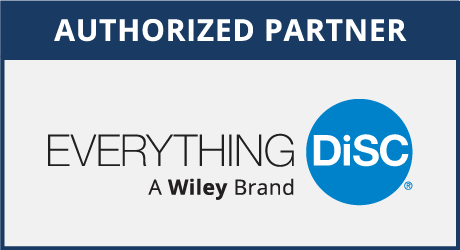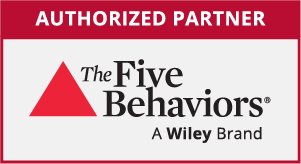Effective leadership goes beyond technical skills and industry knowledge. It requires a deep understanding of oneself and others, a synergy of innate strengths, and a high level of social and emotional intelligence. By integrating your CliftonStrengths with social and emotional intelligence (SEI), you can transform your leadership approach, foster a positive work environment, and drive exceptional results.

Understanding CliftonStrengths and Emotional Intelligence
CliftonStrengths is a powerful tool developed by Gallup that identifies your unique combination of talents. It provides insights into your top strengths, helping you understand where you naturally excel and how to leverage these strengths in various aspects of your life and career. Since 2009, StrengthsBuilders has helped over 7,500 leaders discover their strengths.
Social and Emotional Intelligence (SEI), on the other hand, refers to the ability to recognize and understand emotions in yourself and others and, in the moment, use this awareness to manage your behavior and strengthen relationships. This is where the real struggle occurs for many leaders.
When these two frameworks are combined, they create a comprehensive approach to leadership development that is both personal and relational. The following are practical strategies to integrate your CliftonStrengths with SEI to elevate your leadership.
1. Self-Awareness: The Foundation of Effective Leadership
Self-awareness is the cornerstone of both CliftonStrengths and SEI. Understanding your strengths and emotions enables you to lead authentically and with confidence.
CliftonStrengths Integration:
SEI Integration:
2. Leveraging Strengths for Self-Regulation
Self-regulation involves managing your emotions, especially in stressful situations, to maintain composure and make rational decisions.
CliftonStrengths Integration:
SEI Integration:
3. Enhancing Empathy through Strengths
Empathy is crucial for understanding and connecting with your team. It builds trust and fosters a supportive work environment.
CliftonStrengths Integration:
SEI Integration:
4. Motivating and Inspiring Your Team
Motivation involves inspiring and guiding others towards achieving common goals. Leaders with high SEI and a deep understanding of their strengths can create a motivated and engaged team.
CliftonStrengths Integration:
SEI Integration:
5. Building Strong Social Skills
Effective leaders excel in building relationships, networking, and managing social dynamics within the organization.
CliftonStrengths Integration:
SEI Integration:
Integrating your CliftonStrengths with social and emotional intelligence is a transformative approach to leadership. By understanding and leveraging your unique strengths, coupled with a high level of SEI, you can lead with authenticity, empathy, and effectiveness. This integration not only enhances your personal leadership capabilities but also fosters a positive and productive organizational culture. Embrace this holistic approach to leadership development and watch as you elevate both your career and the success of your team.
Coaching Challenge
Review the above strategies for integrating your strengths and SEI into your leadership approach. Don’t over analyze the process. Identify where you can easily take action and create a short list of 2-3 action steps. Remember, a small rock thrown into the water will have a huge ripple effect over time. The goal is to be consistent with the new action while seeking feedback and making adjustments where needed. Then you can move on to the next opportunity for continued development.




